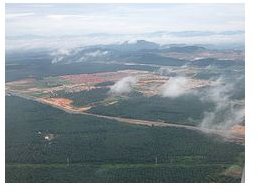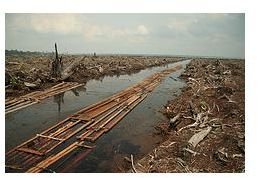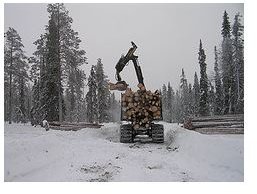A List of Facts About the Environmental Issues Faced Today
Environmental Issues
Deforestation, energy production and solid waste are three environmental [issues](/tools/Environmental Issues Facing the USA) facing almost every country in the world. Each of these problems intertwine to weave a circle of destruction on the land, water and air that is essential to the survival and well-being of all living beings. Here are some of the facts about the environmental issues that our word is facing today and could possibly continue to face in the future, if precautionary measures are not taken.
Deforestation
Forests are the world’s biological storehouses, providing a circle of life that includes:
- Stabilization of landscapes and protection from soil erosion
- Watershed preservation through regulation of water flow
- Acting as buffers against diseases, pests and parasites
- Filtering silt from reaching seacoasts and rivers
- A critical necessity for maintaining climate and regulating rainfall
- Managing the Earth’s carbon cycle
Each year 16 million hectares of forest are destroyed. The majority of deforestation occurs in tropical forests and in old-growth forests.
This destruction is mainly in old-growth forests with the removal of hardwoods, such as oaks, redwoods and cedars, that take decades to mature. Pines and other fast-growing trees are planted as replacements, but the ecosystems that subsist among hardwoods cannot survive with the new softwoods.

In North America’s Pacific Northwest, the old-growth forests are home to 112 species of fish, including the salmon industry worth $1 billion per year. Destruction of these particular forests, as an example, would have a devastating effect on the job market, food industry and ecosystem.

The Eastern forest of Madagascar once was home to 160,000 identified species, and more than half were only found in this particular forest. As of 2010, more than 90 percent of this forest has been destroyed by deforestation, along with half the species originating from the forest.
Energy Production
Oil is estimated by energy analysts to last as an affordable energy until sometime between 2030 and 2072, according to the World Resources Institute.
Peak oil production will occur between 2010 and 2030.
To keep up with the current needs, we need to discover the amount of oil there is in Saudi Arabia, home to 25 percent of the world’s reserve, every 10 years.
The burning of any or all fossil fuels is a leading contributor of anthropogenic CO2, which is a toxic greenhouse gas.
- By-products from burning oil include nitrous and sulfur oxides that are toxic, and direct contact with oil through an oil spill as well as continuous leakage from drilled wells are also harmful to the environment.
Coal is available worldwide in great quantities, but the burning of coal for an energy source is linked to extraordinary mining hazards, health concerns and environmental degradation.
-
Coal produces particles of toxic mercury and more radioactive particles per unit of energy than a nuclear power plant does producing the same amount of energy.
-
In the US, coal burning air pollutants kill an estimated 65,000 to 200,000 people each year, and have led to approximately 50,000 cases of respiratory disease.
Solid Waste
Solid waste includes recyclable materials, such as aluminum, plastic, rubber and glass.
Only 1.5 percent of all solid waste production comes from homes, businesses and municipalities.
Gas, mining and oil production accumulates 75 percent of the total amount of solid waste.
Agriculture is responsible for 13 percent; industry produces 9.5 percent and only 1 percent is sewage sludge.

To give you a visual perspective on how much Americans are dumping into their garbage bins as of the late 20th century, there are:
- Approximately 2.5 million plastic bottles per hour.
- Approximately 18 billion disposable baby diapers each year, enough to make a chain to the moon and back seven times.
- So much aluminum the country could rebuild the entire fleet of commercial airplanes every three months.
- Enough tires to go around the Earth three times.
These are just some of the facts regarding the environmental issues facing our society today. It is up to us to apply these facts and knowledge to take the necessary measures to stop the destruction caused by these factors.
References
- North Carolina State University: Environmental Issues and Facts-https://www.ncsu.edu/csleps/service/Resource_Sheets_Service/Facts%20on%20Environmentalism.pdf
- EPA: Learn the Issues-https://www.epa.gov/epahome/learn.htm
- “Environment and Society”; Charles L. Harper; 2004.
Images courtesy of Flickr: Finnish forests old-growth forest destruction for Stora Enso by Greenpeace Finland; Raiu by Wakx; Terminal deforestation by Ben Sutherland; and Garbage pile! by Matteo.Mazzoni.
